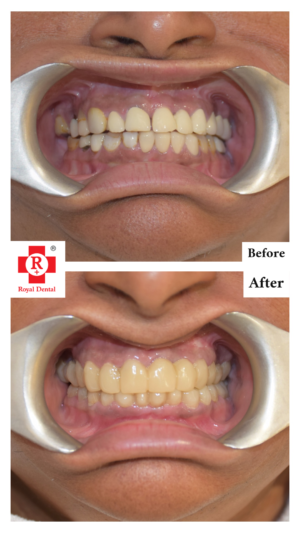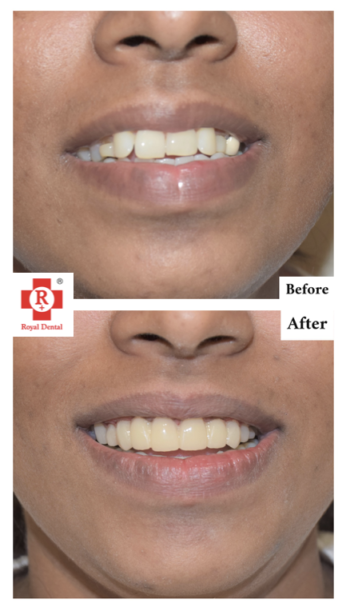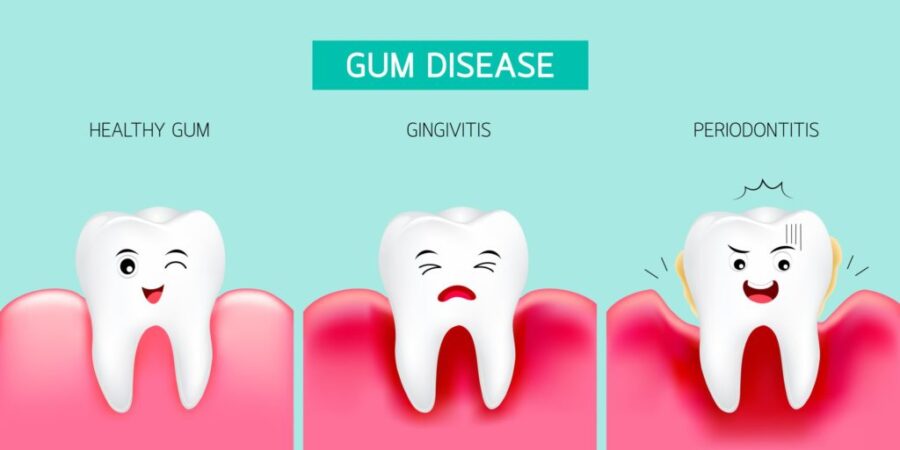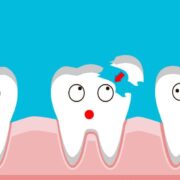You may have found this page by searching for “Bump on Gums After Root Canal” and hoping to find some clarification. Don’t worry, though; we’ve got you covered. Imagine the following scenario: you are experiencing dental discomfort from a root canal, and all of a sudden, a strange bulge on your gums causes you to become very curious. We will solve the puzzles around this post-root canal phenomenon in this concise yet educational blog post. Together, we will dissect the fundamentals, investigate possible causes, and arm you with the knowledge you need to make sense of this confusing dental issue. Watch this space as we break down technical dentistry terms into understandable terms so you may easily understand the basics.
Causes of bump on Gums after a Root Canal
Infection Residue
After a root canal, one possible cause for a bump on the gums is the presence of infection residue. Despite the meticulous cleaning during the root canal procedure, some bacteria may persist in the surrounding tissues. This residual infection can lead to localised swelling and the formation of a bump on the gums.
- The effectiveness of a root canal heavily relies on the complete removal of infected material. Any residue can trigger continued irritation.
- Residual bacteria or debris may serve as a breeding ground for microbial growth, causing localized inflammation and the formation of a bump.
- Dentists, including Dr. Chirag Chamria, emphasize the precision required during root canal procedures to minimize the risk of infection residue.



Inflammation Dynamics
Inflammation is a natural part of the healing process, but sometimes it can go awry, leading to the development of a bump on the gums. The trauma caused by the root canal procedure can trigger an inflammatory response in the surrounding tissues. If this inflammation becomes excessive or prolonged, it may manifest as a noticeable bump.
- The body responds to the root canal procedure with inflammation, a mechanism to heal and protect. However, excessive inflammation can lead to complications.
- Inflammatory processes often manifest as swelling and tenderness. There may be an obvious bulge on the gums as a result of this surrounding the root canal site.
- Patients may experience varying degrees of inflammation based on factors like overall health, immune response, and the complexity of the root canal procedure.
Signs and Symptoms to look out for:
Localized Tenderness
Localized tenderness is a common sign to be vigilant about after a root canal procedure. It refers to heightened sensitivity or soreness in a specific area of the gums where the dental work was performed. While some tenderness is expected during the initial healing phase, persistent and intense tenderness may indicate an underlying issue.
- Tenderness is a natural part of the healing process as the body responds to the manipulation of tissues during the root canal.
- Mild tenderness is expected in the initial days following the procedure but should gradually improve over time.
- Dr. Chamria advises patients to be vigilant about the intensity of tenderness. Excessive or increasing discomfort may warrant professional evaluation to rule out complications.
Persistent Swelling
After receiving a root canal, some degree of swelling is normal since the body naturally responds to trauma. However, persistent swelling beyond the initial stages of recovery can be a red flag. It may indicate unresolved issues such as infection or inflammation, leading to the formation of a bump on the gums.
- Swelling is a natural response to the trauma and manipulation of tissues during the root canal, and some initial swelling is anticipated.
- Swelling should gradually subside in the days following the procedure. If it persists or worsens, it may signal complications such as infection or inflammation.
- Dr. Chamria recommends that patients promptly report any abnormal or persistent swelling. Timely intervention can prevent potential complications and ensure optimal recovery.
When to Seek Professional Help?
Timeline for Healing
Understanding the typical timeline for healing after a root canal is crucial for patients. Dr. Chirag Chamria clarifies the anticipated course of healing. Giving insightful explanations of what constitutes normal and when abnormalities might call for medical attention.
Initial Days: Dr. Chamria explains that in the first few days after a pulp therapy treatment, some discomfort, tenderness, and minor swelling are common as part of the normal healing process.
Gradual Improvement: Patients can expect a gradual improvement in symptoms over the first week, with a reduction in pain and swelling.
Warning Signs: Beyond the initial healing phase, Dr. Chamria highlights warning signs that may indicate an issue, such as persistent or worsening pain, swelling, or the development of new symptoms.
Importance of Timely Intervention
Dr. Chamria emphasizes the critical role of timely intervention in addressing any concerns or complications that may arise after a root canal procedure. Prompt professional assistance can prevent the escalation of issues and ensure optimal outcomes for patients.
Preventing Complications: Timely intervention is crucial in preventing potential complications such as infections, abscess formation, or other issues that may compromise the success of the canal treatment.
Patient Communication: Dr. Chamria encourages open communication between patients and dental professionals. To enable rapid assessment and intervention, any unexpected or persistent symptoms should be reported right away.
Customized Care: Recognizing that each patient’s healing process may vary, Dr. Chamria stresses the importance of personalized care plans based on individual responses to treatment.

Prevention Strategies for Post-Root Canal Bumps
Proactive Oral Hygiene
Emphasizing the importance of regular and thorough brushing and flossing to remove plaque and prevent bacterial buildup, reducing the likelihood of infection or inflammation. We recommend the use of antimicrobial mouthwash as an additional step in maintaining a bacteria-free oral environment, especially in the days following the root canal. Advising patients to adopt gentle oral care practices to avoid trauma to the treated area, promoting a conducive environment for optimal healing.
Follow-up Appointments
Follow-up appointments allow dental professionals to monitor the patient’s healing process, assess the success of the root treatment, and identify any signs of complications. Dr. Chamria claims that follow-up visits provide an opportunity for timely intervention. As problems arise, making sure they are resolved quickly and keeping them from getting worse. Dr. Chamria supports a customized approach to post-root canal care, adjusting follow-up consultations to each patient’s particular needs and reactions.
Frequently Asked Questions (FAQs)
Q. Can bumps on gums after Root Canal be normal?
A. If your symptoms become worse or remain constant, you should visit a dentist. Mild lumps or swelling might be a natural part of the healing process.
Q. How long should Post-Root Canal discomfort last?
A. Dr. Chamria provides guidance on how long the discomfort should last, emphasizing that it should become better over the course of the first week. If discomfort is ongoing or getting worse, you should see a doctor.
Q. Is medication always necessary for post-treatment swelling?
A. Dr. Chamria addresses the variation in patient reactions, going over how certain cases of edema following treatment might go away on their own while other cases would need medicine. The choice is based on the severity and particular conditions.
Conclusion
Patients can clearly navigate the process of comprehending and treating gum lumps following a root canal with the assistance of Dr. Chirag Chamria’s professional expertise. This thorough handbook empowers individuals by teaching them how to recognize normal healing indicators and emphasize the necessity of immediate intervention and preventive methods. Patients can help ensure a successful recovery by emphasizing preventive dental hygiene, keeping follow-up appointments, and being aware of potential difficulties. Dr. Chamria’s focus on tailored care and communication guarantees that each patient’s post-root canal experience is not just informed but also optimized for long-term dental health.






